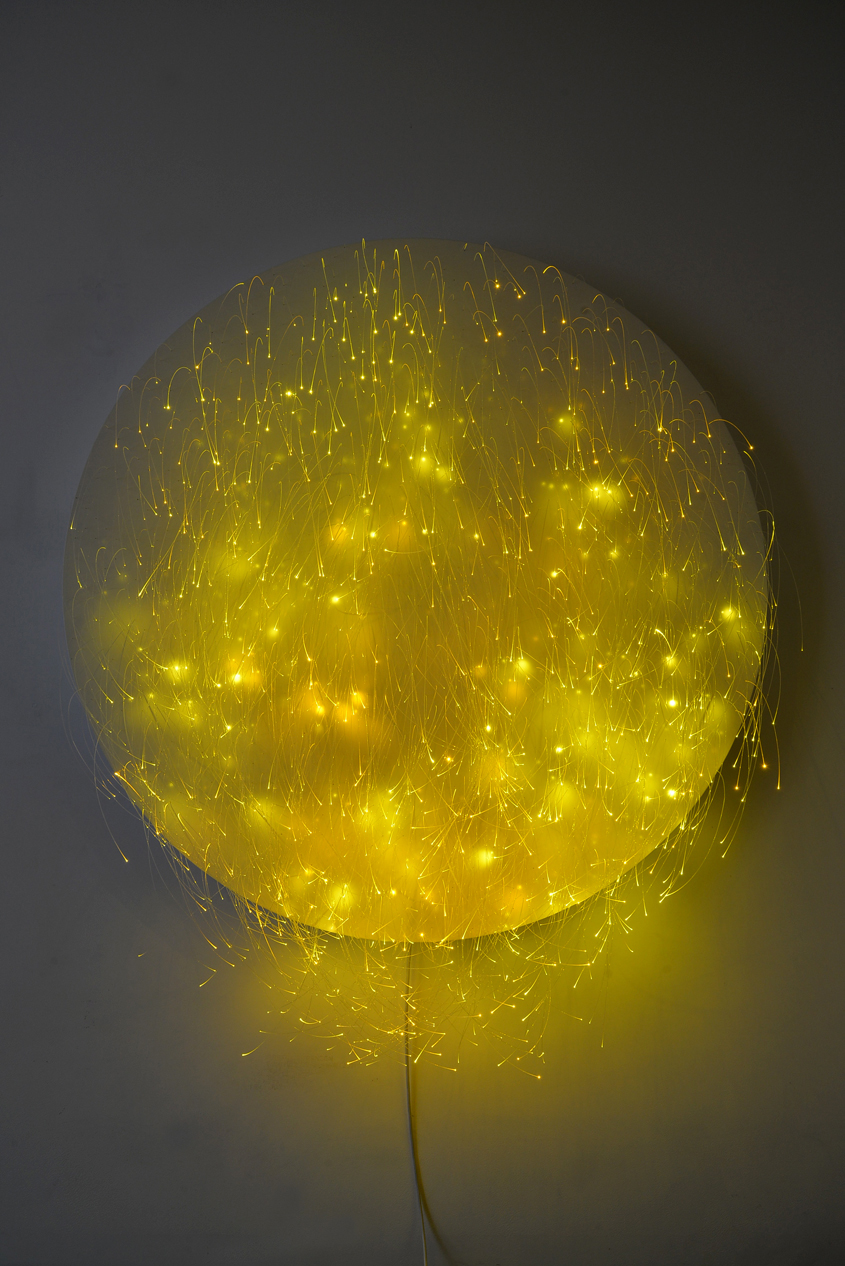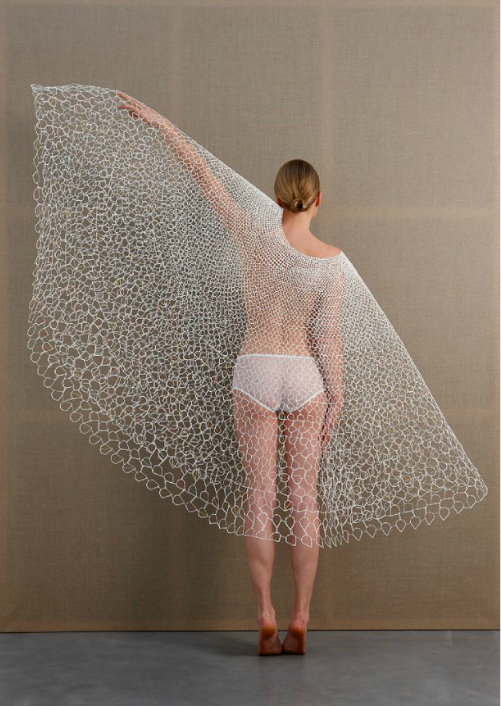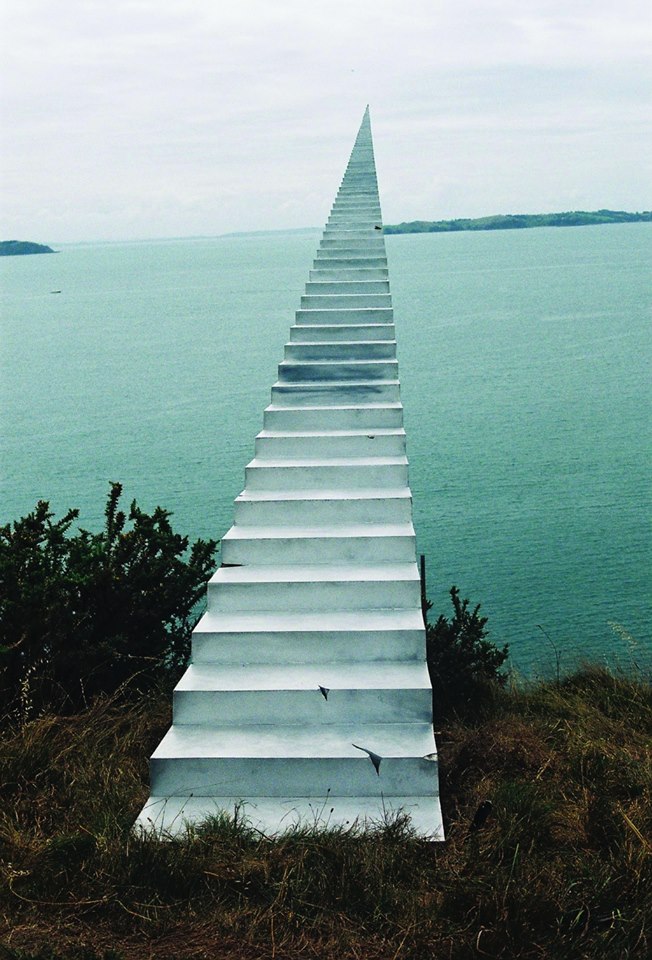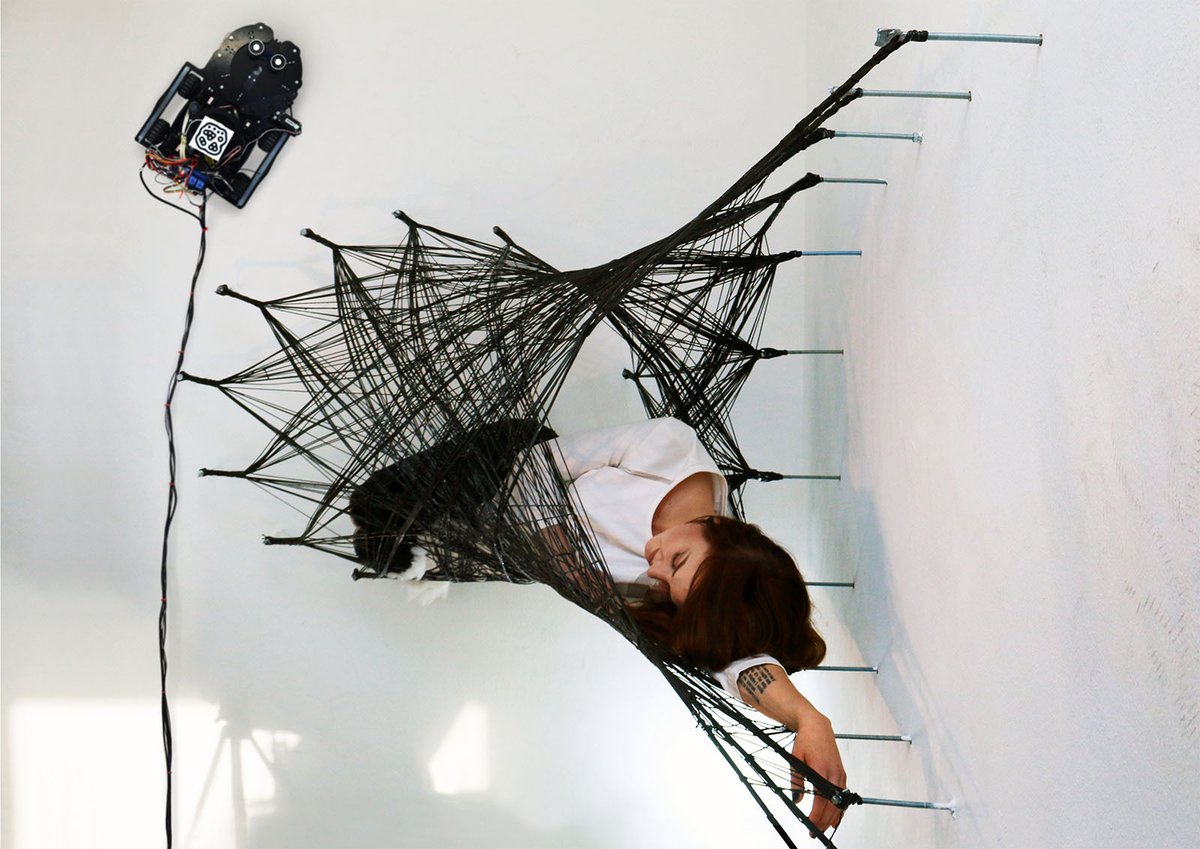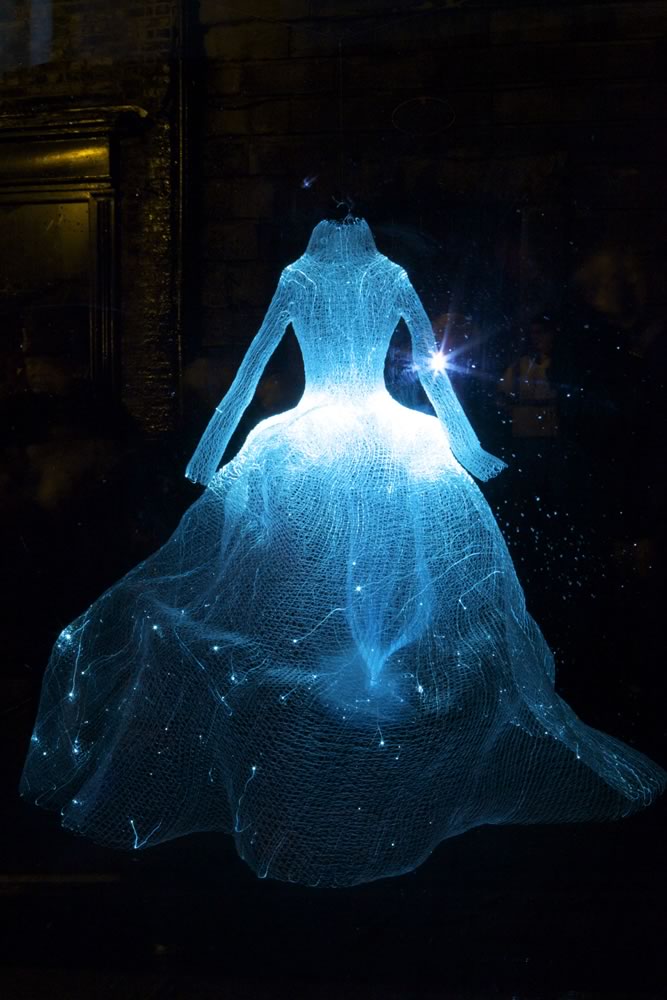
Achim Menges and Jan Knippers
Maison Fibre
Maison Fiber è un’idea inedita, esposta ed esplorata per immaginare un’alternativa ai metodi di progettazione e costruzione. Qual è il futuro dell’architettura? Come possono gli esseri umani adattarsi e vivere in habitat armoniosi? Una visione sostenibile è stata esposta alla 17. Mostra Internazionale di Architettura – La Biennale di Venezia 2021, un portale futuristico è stato esposto come approccio alternativo alla progettazione e costruzione di futuri spazi abitabili.
.
University of Stuttgart, Institute for Computational Design and Construction (ICD) ve Institute of Building Structures and Structural Design (ITKE) tarafından Bienal’in bu seneki temasına yanıt niteliğinde tasarlanan proje, tamamen robotik olarak, lifli yapı elemanlarından üretilmiş bir yaşam birimi.
.
Maison Fibre is a novel idea, exhibited and explored to envision an alternative to the methods of design and construction. What is the future of architecture? How can humans adapt and live in harmonious habitats? A sustainable vision was exhibited at the 17th International Architecture Exhibition – La Biennale di Venezia 2021, a futuristic gateway was exposed as an alternative approach to the design and construction of future habitable spaces.

